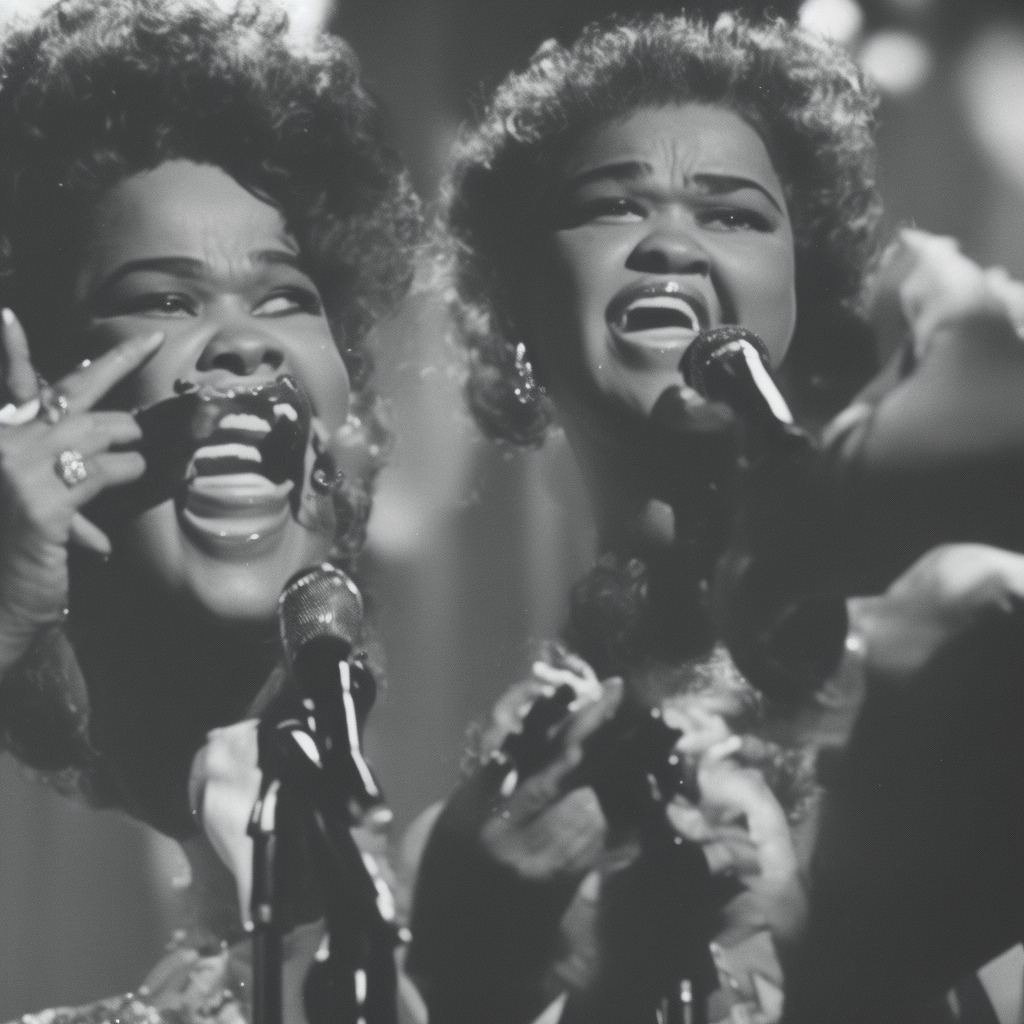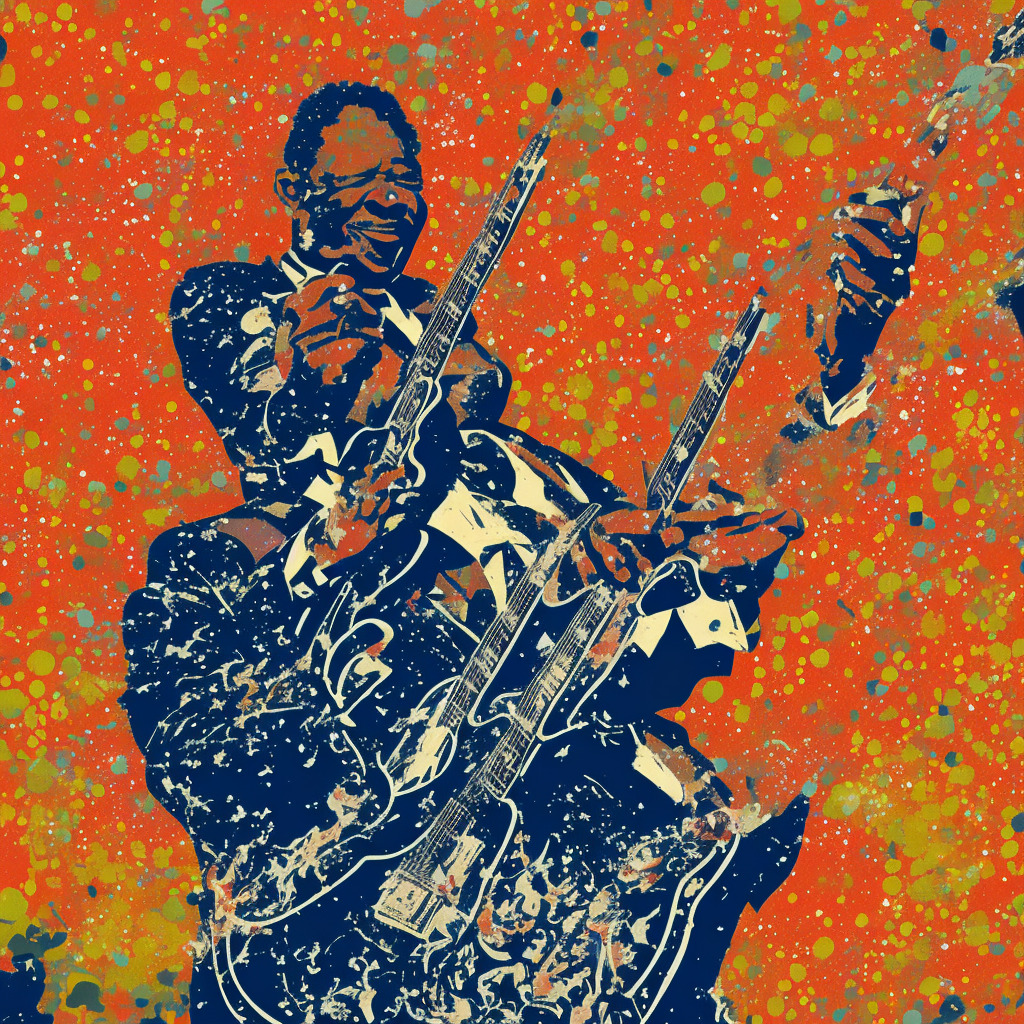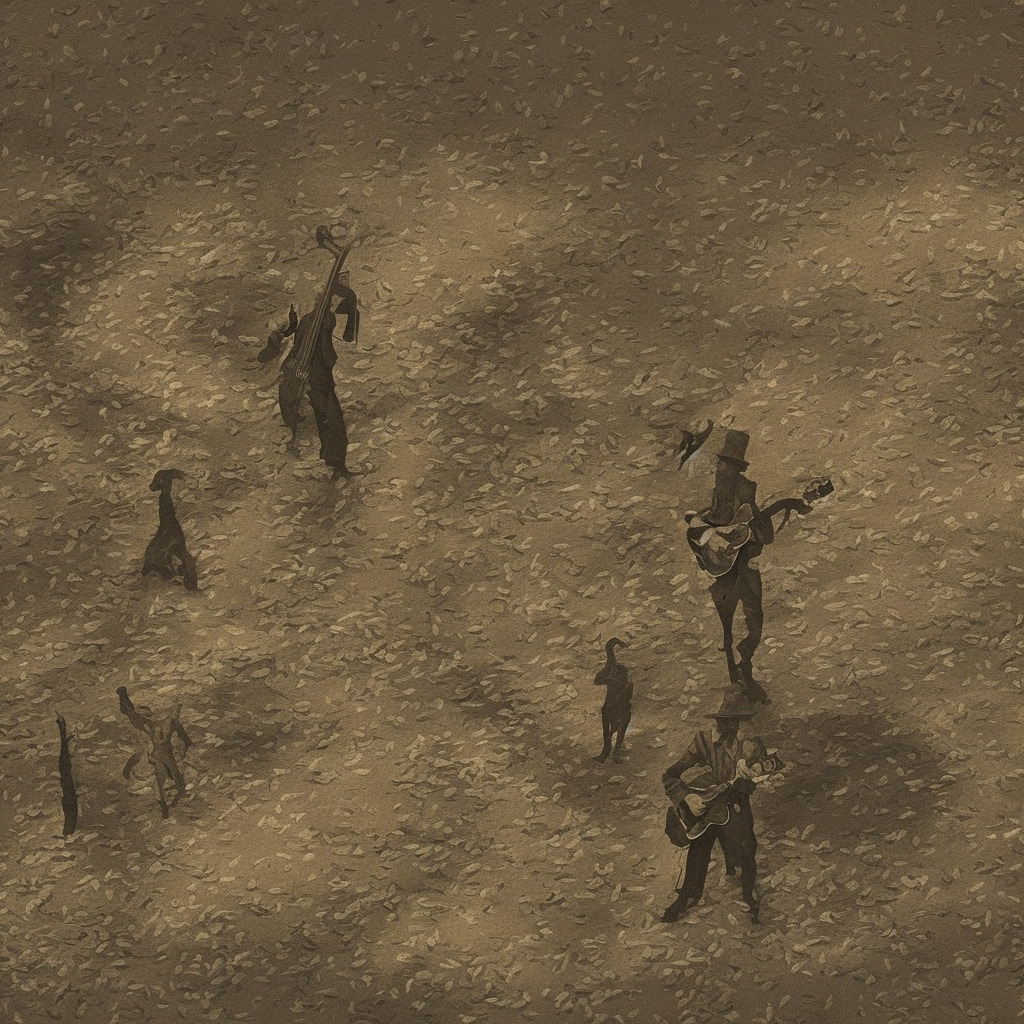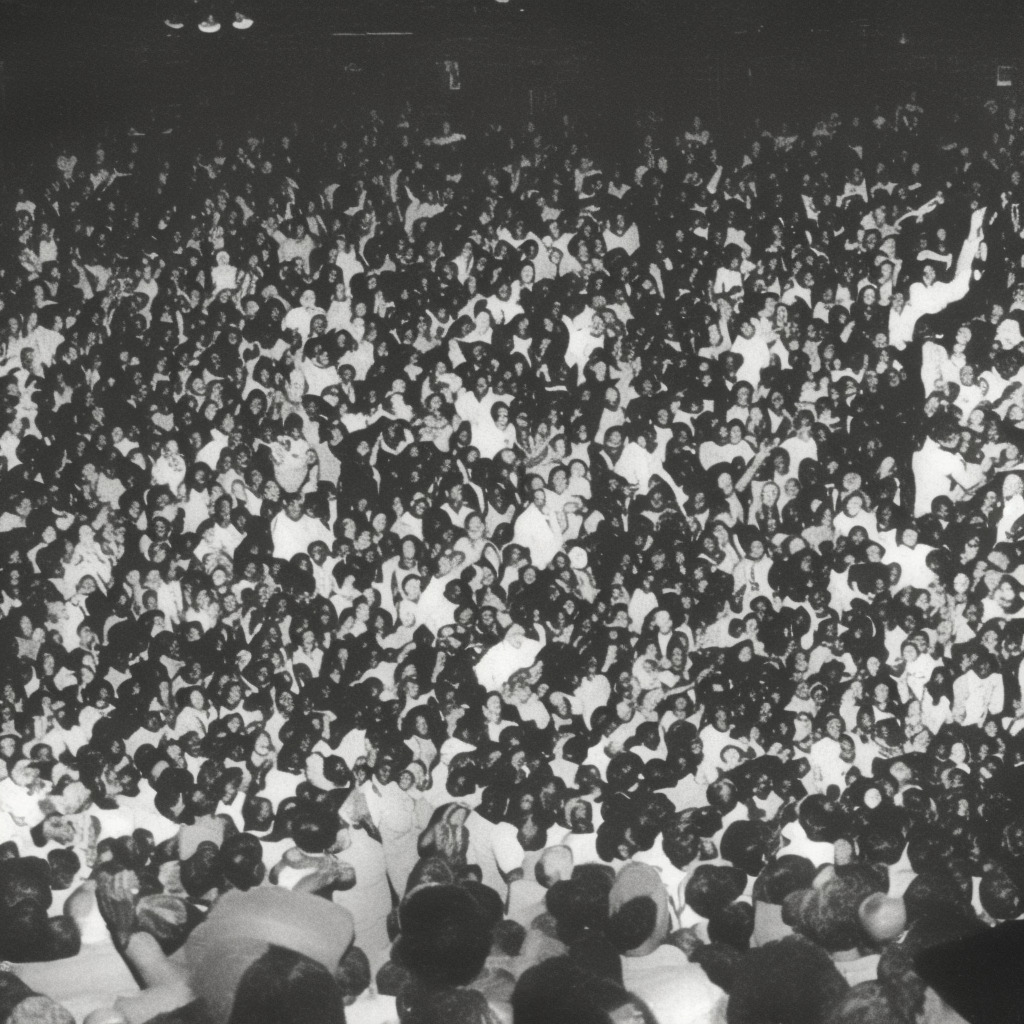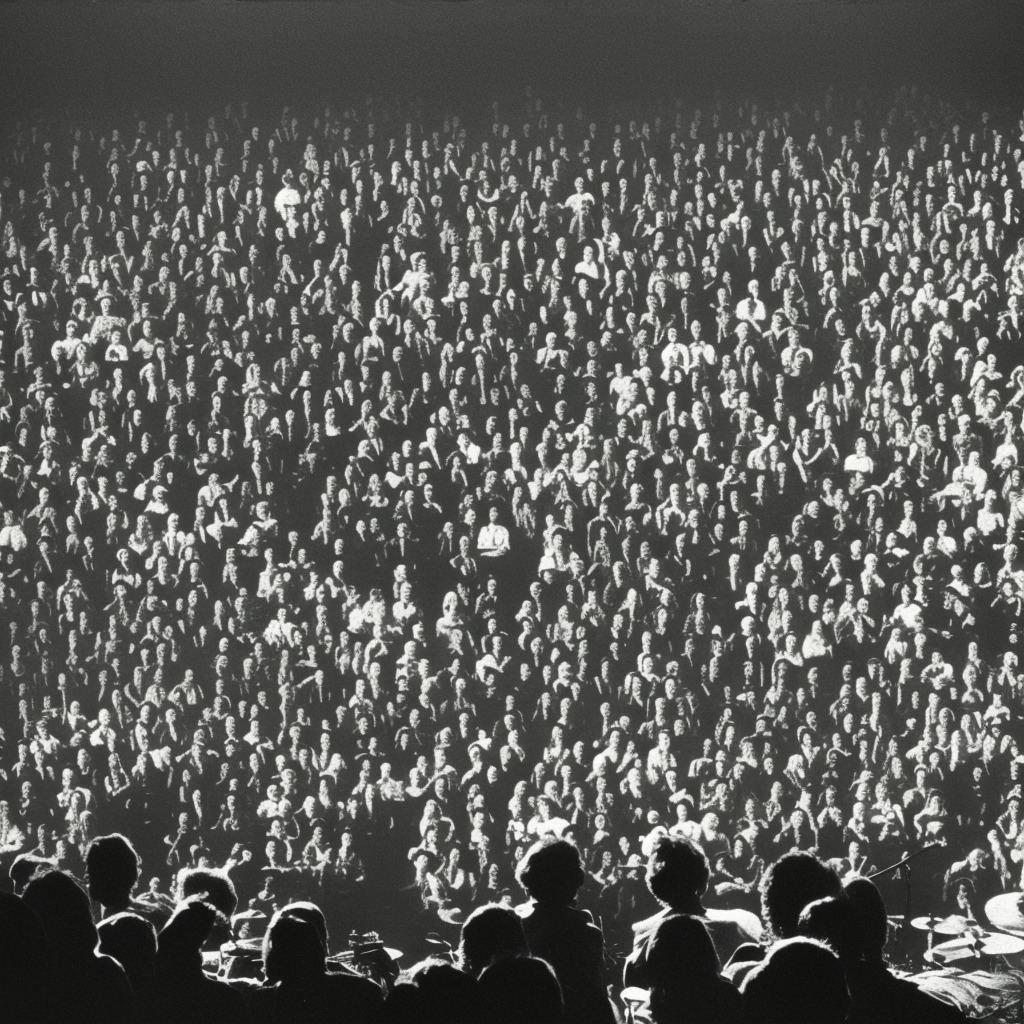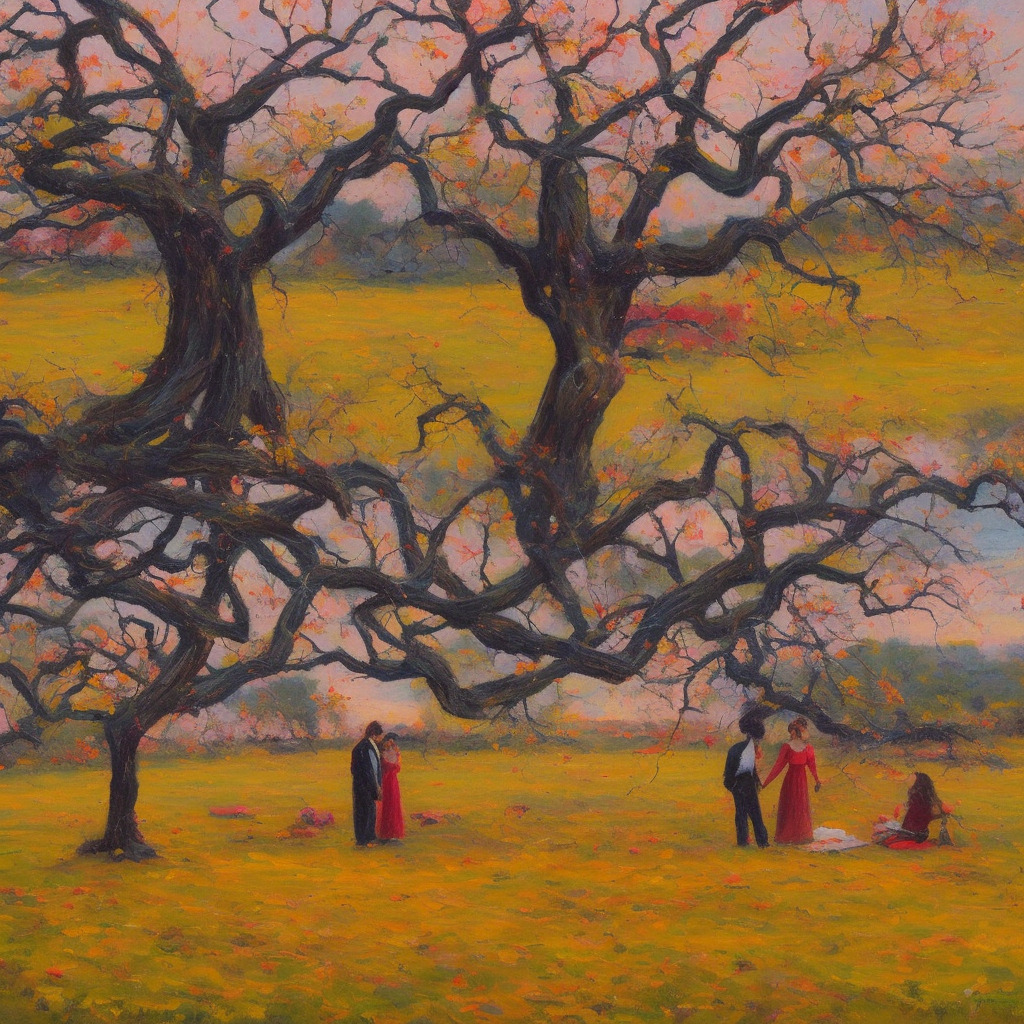🎶 Did you know #EttaJames originally didn’t want to record “I’d Rather Go Blind”? 😲 Lucky for us, she did, blessing us with this soulful masterpiece! 🌟💔 Dive into the ultimate heartbreak anthem! #MusicTrivia #IdRatherGoBlind #SoulfulSounds 🎧🔥 Read about it: tinyurl.com/zurc7aey
Unveiling the Heartfelt Depths of Etta James’ Timeless Classic
“Etta James’ soul-stirring ballad, ‘I’d Rather Go Blind,’ artfully captures raw vulnerability and timeless emotion, immortalizing her iconic voice and legacy in music history.”
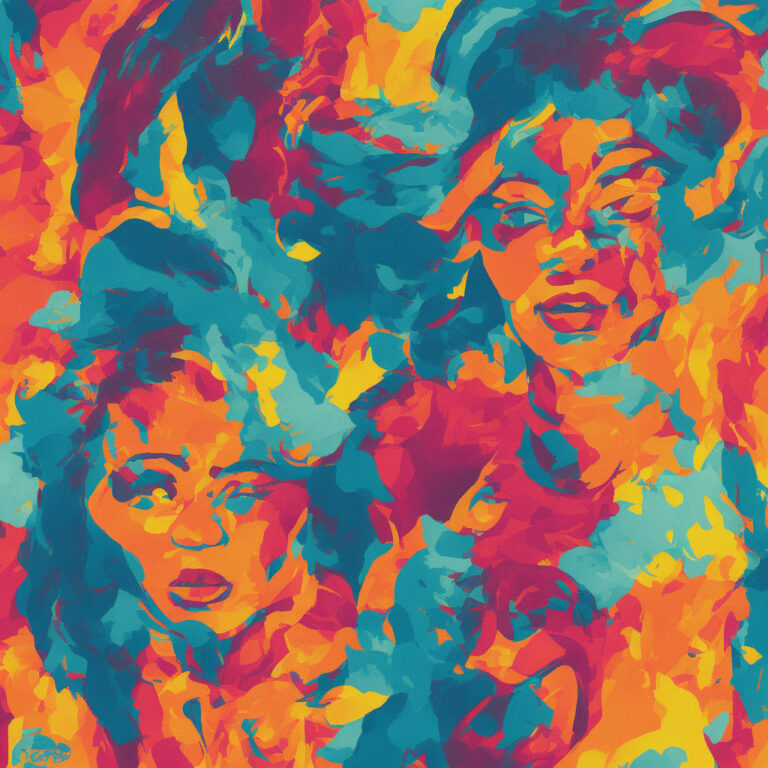
Etta James, born Jamesetta Hawkins on January 25, 1938, was an American singer who made her mark in the world of music with her powerful and soulful voice. Throughout her 50 years in the music industry, her distinctive blend of R&B, blues, soul, and gospel captivated audiences and showcased her unparalleled vocal talent. Along with her electrifying live performances, Etta had an incredible ability to breathe life into any song she performed, leaving listeners absolutely mesmerized. A true legend, she undoubtedly left an indelible mark on the music world.
One of the most poignant chapters in Etta James’ musical journey is the classic ballad “I’d Rather Go Blind.” This soulful hit was co-written by Bill Foster and Ellington Jordan and featured on her 1968 album “Tell Mama.” From its haunting melody to its raw emotional depth, “I’d Rather Go Blind” has proven to be a quintessential showcase of James’ soulful gifts. The song delves into the heart-wrenching pain of witnessing the one you love with someone else, a theme that resonated with many listeners and has continued to captivate audiences for decades.
Etta James, a Grammy Award Hall of Famer, had a storied career filled with many accolades and awards. She received six Grammy Awards and seventeen Blues Music Awards throughout her lifetime. In addition, she was inducted into the Rock and Roll Hall of Fame in 1993, proving that her profound impact on the music world was widely recognized by her peers and critics alike. Moreover, her rendition of “I’d Rather Go Blind” was inducted into the Grammy Hall of Fame in 1999, solidifying its status as a timeless classic.
However, it’s worth noting that Etta James’ career was not without its struggles. She faced numerous personal challenges, including drug addiction and tumultuous relationships. These hardships, while unfortunate, likely contributed to the power and authenticity of her music. It’s difficult to listen to “I’d Rather Go Blind” without appreciating the raw vulnerability with which James approached her art.
In conclusion, Etta James’ timeless classic “I’d Rather Go Blind” remains a testament to her extraordinary talent and her ability to captivate listeners with her soulful voice. The song’s haunting melody and emotional depth have solidified its place as an essential part of her musical legacy. Despite any personal challenges she may have faced, Etta’s passion and talent for music continue to inspire generations of musicians and listeners alike.
Charting the Success of a Timeless Classic
“I’d Rather Go Blind”: Etta James’ B-side gem that defied the odds, capturing hearts and standing the test of time.
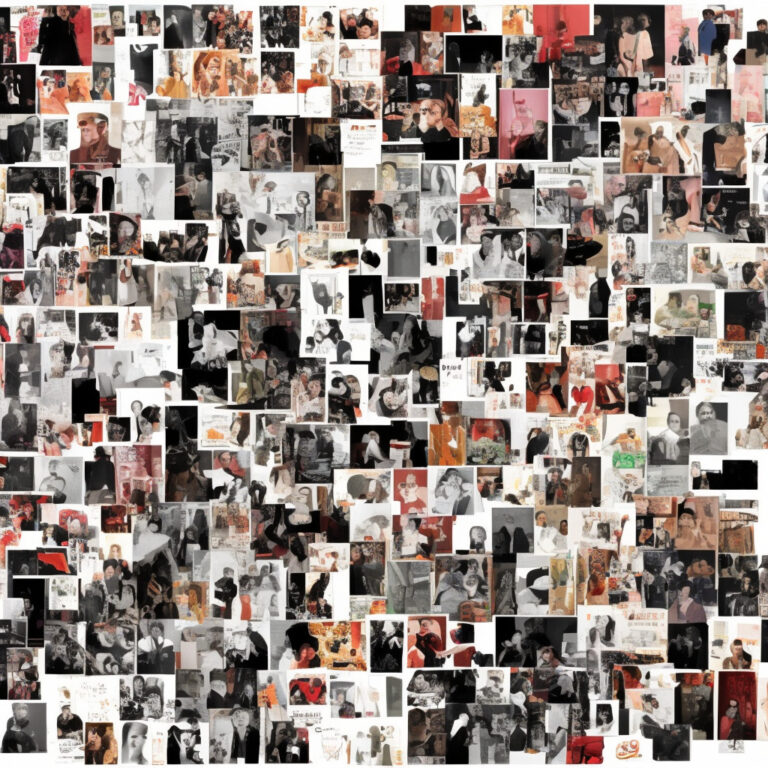
When it comes to the commercial performance of “I’d Rather Go Blind,” it’s important to note that it was released as the B-side of the single “Tell Mama” in 1967. Despite not being initially promoted as the main track, the song’s emotive lyrics and powerful vocal performance by Etta James eventually caught the attention of listeners and garnered significant airplay.
Although “I’d Rather Go Blind” did not achieve a high position on the mainstream Billboard Hot 100 chart, it did find success on the Billboard R&B chart, peaking at number 10 in 1968. The song’s growing popularity led to more widespread recognition and praise for Etta James, solidifying her status as an important figure in the world of R&B and soul music.
Over the years, “I’d Rather Go Blind” has been covered and reinterpreted by numerous artists, further showcasing its enduring appeal and timelessness. For instance, notable renditions by artists such as Rod Stewart, Beyoncé, and Beth Hart & Joe Bonamassa have contributed to the song’s continued success and relevance even decades after its initial release.
To this day, “I’d Rather Go Blind” remains a beloved and poignant classic in the music world, transcending genre boundaries and serving as a testament to the incredible talent and emotional depth possessed by Etta James.
Unraveling the Heartfelt Lyrics of A Timeless Classic
Something told me it was over
When I saw you and her talkin’
Something deep down in my soul said, ‘Cry, girl’
When I saw you and that girl walkin’ around
Whoo, I would rather, I would rather go blind, boy
Then to see you walk away from me, child, no
Whoo, so you see, I love you so much
That I don’t wanna watch you leave me, baby
Most of all, I just don’t, I just don’t wanna be free, no
Whoo, whoo, I was just, I was just, I was just
Sittin here thinkin’, of your kiss and your warm embrace, yeah
When the reflection in the glass that I held to my lips now, baby
Revealed the tears that was on my face, yeah
And baby, baby, I’d rather, I’d rather be blind, boy
Then to see you walk away, see you walk away from me, yeah
Whoo, baby, baby, baby, I’d rather be blind…
Etta James’ poignant ballad, “I’d Rather Go Blind,” is a moody and emotional exploration of love and loss. The lyrics encapsulate the feelings of despair and heartbreak experienced by the protagonist upon realizing that her lover has been unfaithful. Set against the backdrop of the turbulent 1960s, the song’s themes of love, vulnerability, and betrayal resonated strongly with listeners and transcended racial and cultural barriers.
The lyrics expose the raw vulnerability of someone so deeply in love that they would choose blindness over witnessing their lover’s departure. Etta James beautifully conveys the desperation that accompanies an unrequited love, illustrating how one’s entire world can shatter when faced with such a betrayal. The lyrics make it clear that the protagonist would rather endure physical blindness than the emotional pain of seeing their lover with someone else.
The song “I’d Rather Go Blind” was released in 1968, a time when the United States was experiencing significant social, political, and cultural upheaval. The Civil Rights Movement was in full swing, the Vietnam War was raging, and younger generations were challenging societal norms. Etta James’ powerful lyrics and emotive vocals provided a soulful outlet for the festering pain and disillusionment of the era.
By diving into the complexity of human emotions and relationships, Etta James created lyrics that have remained relevant and relatable to audiences for decades. The song’s raw, honest portrayal of heartbreak and the lengths one would go to avoid it speaks to the universal experience of love and loss, and its place in the pantheon of timeless music is well-deserved.
A Visual Ode to a Timeless Classic: The Music Video for “I’d Rather Go Blind”
Resurrecting a Soulful Classic: Fan-made visuals and live performances bring Etta James’ “I’d Rather Go Blind” to life for a new generation.
Though Etta James’ soulful classic “I’d Rather Go Blind” was originally released in 1968 without an accompanying music video, the timeless emotion and raw talent of the song have inspired many fans to create their own visual tributes to the track. In an age where YouTube has become a hub for creative expression, these fan-made videos and tributes have breathed new life into the song, allowing it to resonate with a new generation of music lovers.
One particularly notable example is a live performance of “I’d Rather Go Blind” by Etta James herself, filmed in 1987 at the Montreux Jazz Festival. This video, available on YouTube, captures the poignant heartache and vulnerability of the song in a way that only a live performance can. As Etta James belts out the powerful lyrics, the audience is visibly moved, and the black-and-white footage adds an extra layer of nostalgia to the overall experience.
Another heartfelt tribute to the song can be found in the form of a video montage of classic film scenes, expertly edited to the tune of “I’d Rather Go Blind.” The video, created by a fan and uploaded to YouTube, features a compilation of heart-wrenching moments from beloved films such as “Casablanca,” “The Notebook,” and “Gone With the Wind.” The emotional weight of these iconic scenes pairs beautifully with the raw, emotional energy of Etta James’ vocals, resulting in a new way to experience the classic song.
Aspiring filmmakers and music enthusiasts alike have also taken it upon themselves to shoot and direct their own music videos for “I’d Rather Go Blind.” These projects, often completed on shoestring budgets, showcase the passion and creativity of Etta James’ dedicated fanbase. From stylized, vintage-inspired visuals to simple, intimate performance pieces, these fan-made music videos demonstrate the enduring impact of “I’d Rather Go Blind” on listeners across generations.
In summary, while there may not be an official music video for Etta James’ unforgettable “I’d Rather Go Blind,” the wealth of fan-made tributes and performance footage available online ensures that the song continues to have a powerful visual presence. The creative interpretations and heartfelt homages to this soulful classic stand as a testament to its timeless appeal and the undying love that fans have for Etta James and her music.
The Creative Force Behind “I’d Rather Go Blind”
The song “I’d Rather Go Blind,” a soulful masterpiece performed by Etta James, was co-written by Ellington Jordan and Billy Foster. While Jordan might not be a household name, his contribution to the world of music through this iconic song is undoubtedly significant. Despite his relatively low profile, Ellington Jordan’s other notable compositions include “Down the Aisle (Wedding Song)” for Patti LaBelle and the Bluebelles, and “My Adorable One” for Joe Simon. Jordan’s magical touch, combined with the fervent delivery of Etta James, ensured that “I’d Rather Go Blind” would remain an eternal classic in the annals of music history. It is a testament to the power of collaboration and showcases the immense talent of this unassuming composer.
A Chart-Topping Classic and Its Lasting Legacy
“I’d Rather Go Blind”: Etta James’ timeless heartbreak anthem transcending decades, inspiring generations of artists, and leaving an indelible mark on pop culture.
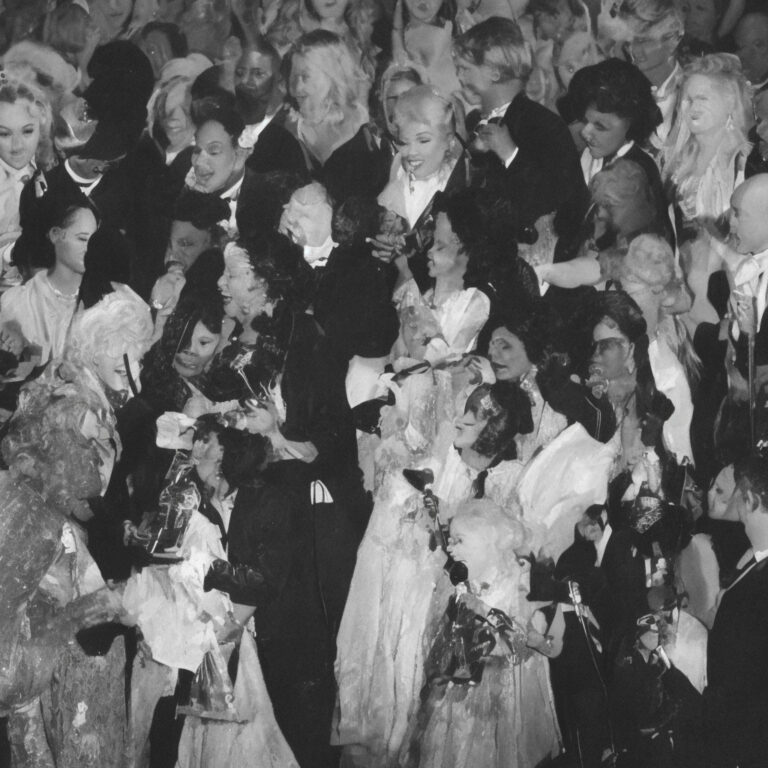
“I’d Rather Go Blind” by Etta James is undoubtedly an iconic track that has left an indelible mark on the world of music. The song, released in 1968, showcases the incredible vocal talents of Etta James, ranking #429 in the Rolling Stone list of The 500 Greatest Songs of All Time. It was also included in Robert Christgau’s Basic Record Library of the 1950s and 1960s. The raw emotion and heartbreak conveyed through the lyrics and James’ powerful voice have made it a timeless hit.
Etta James’ emotive track has made appearances in various forms of media, solidifying its place in pop culture history. Movie lovers may recognize “I’d Rather Go Blind” from the soundtrack of the 2008 film “Cadillac Records,” where it was performed by Beyoncé Knowles, who portrayed Etta James in the movie. The song has also been featured in episodes of popular television shows such as “The Simpsons” and “Suits,” as well as in advertisements for brands like Guinness and Apple.
The immense popularity and emotional depth of “I’d Rather Go Blind” have inspired numerous artists to create their own renditions of the song. Some noteworthy covers include those by Koko Taylor, Clarence Carter, Ruby Turner, Rod Stewart, and most recently, British songstress Florence + The Machine. Each cover adds a unique interpretation to the song while staying true to the original’s soulful and heart-wrenching feel.
The continued influence of Etta James’ “I’d Rather Go Blind” is a testament to the lasting impact of this powerful ballad. Its inclusion in various media outlets and the multitude of cover versions are proof that this timeless classic remains a beloved favorite, both for listeners new to its soulful depths and for those who have been touched by its lyrics for decades.
Delving into the Musical Anatomy
Etta James’ “I’d Rather Go Blind” is a powerful and emotional musical journey, and a closer look at the song’s musical structure reveals the elements that give it its iconic status. The song is written in the key of B-flat major, which is often associated with warmth, love, and emotional depth. This choice of key sets the stage for the heartfelt and poignant story of love and loss that unfolds in the lyrics.
The chord progression of “I’d Rather Go Blind” is a classic I-IV-V structure, which is a common feature in blues and soul music. This progression consists of the tonic (I) chord, B-flat major, followed by the subdominant (IV) chord, E-flat major, and then the dominant (V) chord, F major. The simplicity of this progression lends itself well to the raw emotions conveyed in the song, allowing the listener to focus on the lyrics and the soulful vocal delivery.
The tempo of the song is relatively slow, clocking in at around 60 beats per minute. This slow tempo gives the song its intimate, almost mournful quality and allows Etta James to fully explore the emotional range of the lyrics. The rhythm is characterized by a steady, laid-back groove, which creates a sense of space and depth in the music.
One of the most distinctive features of “I’d Rather Go Blind” is its use of instrumentation. The song opens with a solo piano intro, played in a simple yet emotive style that sets the tone for the rest of the piece. The piano is soon joined by a subtle, almost whispery rhythm section, consisting of bass and drums, providing a solid foundation for the vocals. The organ, which enters later in the song, adds a layer of warmth and depth, while the horns contribute a sense of soaring emotion.
The vocal melody of “I’d Rather Go Blind” is characterized by its expressive, almost conversational phrasing. The verses consist of short, ascending phrases that build tension, followed by longer, descending phrases that provide resolution. The chorus features a more sustained melody, with longer, held notes that emphasize the emotional peak of the song.
In summary, the musical structure of “I’d Rather Go Blind” is built on a foundation of classic blues and soul elements, with a simple yet powerful chord progression, a slow tempo, and a rich tapestry of instrumentation. The song’s emotional impact is further heightened by Etta James’ deeply expressive vocal delivery and the poignant, heartfelt lyrics. This combination of elements results in a timeless and unforgettable musical experience that continues to resonate with listeners to this day.

